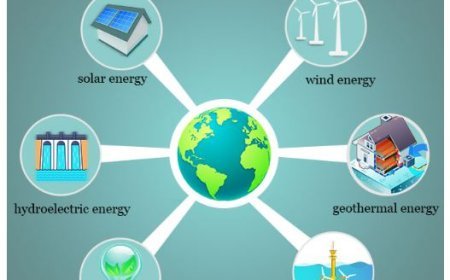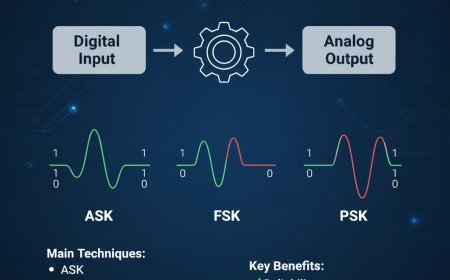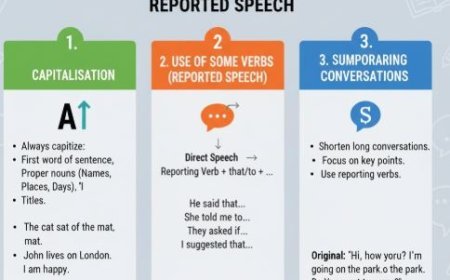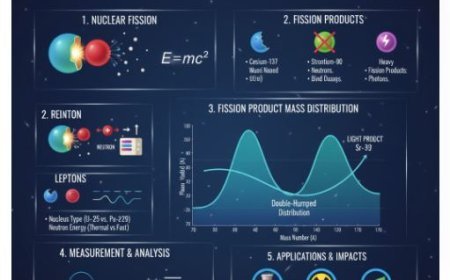FILTER CIRCUIT
Filter circuits act as gatekeepers for frequencies, allowing desired ones to pass while blocking unwanted ones, shaping a signal.

Filter Circuit
- To get rid of or filter out the AC parts in a rectifier circuit, one needs to use a filter circuit.
- A filter circuit takes out the A.C. parts of the corrected output while still letting the D.C. parts reach the load.
- In general, a filter circuit is made up of an inductor (L) and a capacitor. The capacitor blocks A.C., while the inductor lets only D.C. pass. So just to pass. So, the A.C. parts can be taken out of the corrected waves with the help of a good L and C network.
- A filter circuit is made up of inactive circuit parts like an inductor, a capacitor, and their mixture.
- The way the filter works is based on how the electricity works in passive circuit parts. An inductor, for instance, lets D.C. flow through it. But it stops in D.C.
Here are some of the most important options:
- Inductor Filter
- Capacitor Filter
- LC Filter
- π Filter Inductor Filter
- A choke filter is another name for this kind of filter. It has an inductor L that is put between the rectifier and the load resistance RL.
- Different types of components are found in the rectifier. When the output goes through the inductor, it gives the A.C. part a lot of resistance but not to the D.C. part. Because of this, the A.C. parts of the corrected output are stopped, and only the D.C. parts can reach the load.
Filter for Capacitors
- In this filter, a capacitor is connected across the load. As the voltage rises, the capacitor charges up, and as a result, the return loss across the load goes down.
- A lot of people like it because it's cheap, small, light, and has good qualities. It can handle loads of up to 50 mA in pocket radio battery eliminators.
LC filter
- When you use an inductor filter, the ripple factor is equal to the load resistance.
- In a capacitor, on the other hand, the ripple factor will mostly not depend on the load filter.
- This type of filter is also called an LC-section, an inductor input filter, a choke input filter, or an L input.
- A choke is linked in series with the load in this circuit.
- It gives the AC parts a lot of resistance while letting the DC parts flow through the load.
- Since the capacitor across the load is linked in parallel, any AC current that flows through the choke is blocked. In this way, the waves are fixed, and the load is given a smooth DC.
Pie Filter or CLC
- It has one inductor and two capacitors that are linked to each other. The three parts are set up in the form of the Greek letter Pi.
- An input Pi filter with capacitors is what it's called. The input capacitor C1 is chosen because it has a very low reactance to the repel frequency. This means that C1 does most of the filtering. When L and C2 work together, they get rid of most of the leftover repellent.
- An LC filter is not as good as this circuit's filter. But C1 is still directly linked to the source, so if the load current is high, it would need a high pulse of current. For the low-current gear, this is used.
What's Your Reaction?


































